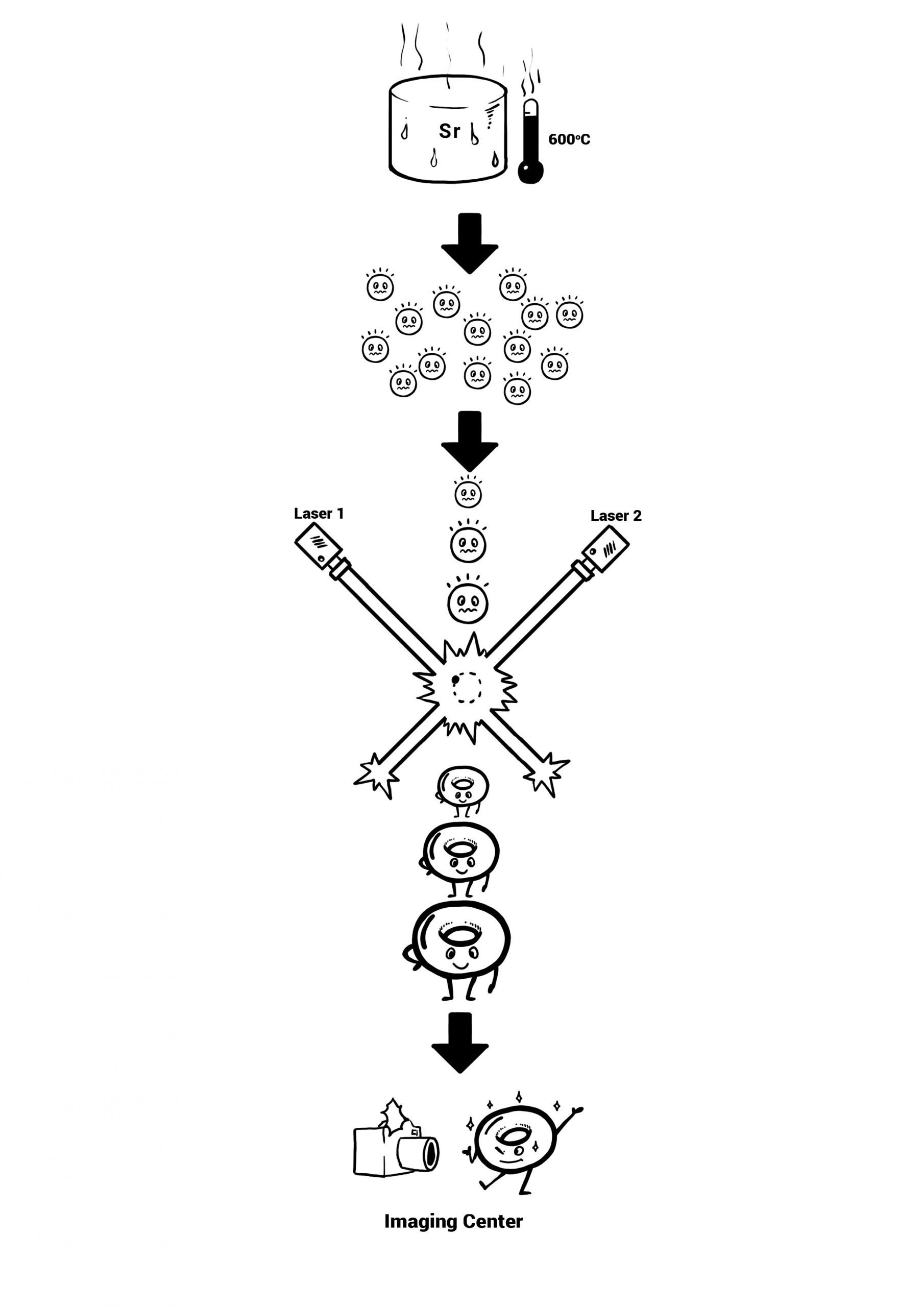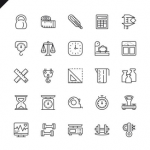
18 Feb Rydberg atoms for electrometry and magnetometry
Andrea Muni
What?
Think about the atom as a collection of shells one inside the other with the nucleus at

their center. The electrons move in each shell and from any to another. Rydberg atoms are those with only one electron in the most outer shell wandering alone. We cannot know exactly where it wanders in each instant of time but we can know the probability that it passes by a specific point of space.
When it is the most probable to find the last electron within a donut-like area around the nucleus, you have a “circular Rydberg state”.
Why?
When  you measure something, the measurement will be precise up to a level of uncertainty (no matter which instrument you are using!). It is important to keep in mind that no measurement is experimentally perfect. In other terms, you can be confident about your measurement up to a certain uncertainty which never entirely vanishes. In physics, when a measur
you measure something, the measurement will be precise up to a level of uncertainty (no matter which instrument you are using!). It is important to keep in mind that no measurement is experimentally perfect. In other terms, you can be confident about your measurement up to a certain uncertainty which never entirely vanishes. In physics, when a measur
ement over an electromagnetic quantity is not precise, it is said to be affected by noise.
“Circular Rydberg states” allow to measure electric and magnetic fields with extremely low noise.
How?
How to convince the electron to move within a donut?
The outer electron must be convinced to wander in a donut-like area and therefore produce the circular Rydberg state. We use lasers and radiofrequencies to do so. The laser interaction is a very powerful tool when you work in atomic physics: it allows you to manipulate an electron by varying its energy.
How to ensure that the electron keeps moving inside a donut?
The  laser interaction happens inside a cryostat: the super professional version of your fridge, allowing us to reach way lower temperatures. Such low temperature regime is fundamental because everything in the environment surrounding the atom can emit radiations which disturb the electron and therefore distort or totally suppress the circular Rydberg state.
laser interaction happens inside a cryostat: the super professional version of your fridge, allowing us to reach way lower temperatures. Such low temperature regime is fundamental because everything in the environment surrounding the atom can emit radiations which disturb the electron and therefore distort or totally suppress the circular Rydberg state.
It is like when you stare at a bulb. You feel a lot of light disturbing your sight. Imagine the electrons seeing light coming from any single direction: not quite enjoyable! If the environment is cooled down instead, the disturbance is minimized.
Take away messages
- The circular Rydberg state can be used to measure with excellent sensitivity magnetic and electric fields.
- No experimental measurement has an uncertainty equal to 0.
- Lasers and cryostats are important in physics, allowing to manipulate an atomic system and make it ready for sensing.



